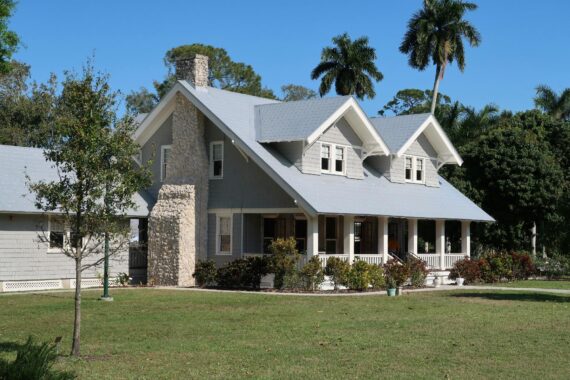Acoustic Wall Panels: Choosing The Right One and Installation Tips

Acoustic panels are an effective solution for reducing noise pollution and improving sound quality in indoor spaces. These panels come in different sizes, materials, and designs, each with unique acoustic properties and aesthetic appeal. Choosing the right acoustic wall panels can significantly affect your space’s overall audio performance. This article will discuss the factors to consider when selecting soundproof panels for your wall, including materials, sizes, and installation tips.
Choosing The Right Panels
Materials
Acoustic wall panelling is made from various materials offering different sound absorption and diffusion levels. The most common materials used for soundproof panels are fibreglass, foam, and wood.
Fibreglass panels are made from recycled glass fibres and are among the most popular materials for insulated panels. These panels are highly effective at absorbing sound waves and can be manufactured in different densities and thicknesses. They are typically covered with fabric or other decorative materials to improve their appearance.
Foam panels are made from polyurethane foam and are known for their excellent sound absorption properties. They are lightweight, easy to install, and come in various colours and patterns. However, foam panels are less durable than other materials and can deteriorate over time.
Wood panels are another popular choice for noiseless panels. These panels are made from wood veneer or solid wood and offer sound absorption and diffusion properties. They are durable, easy to maintain, and come in various finishes and designs.
Sizes
The size of wall panels plays a crucial role in their acoustic performance. Panels that are too small may not provide adequate sound absorption, while panels that are too large can create an unbalanced sound in the room. Therefore, it’s essential to consider the size of the panels concerning the size of the room and its intended use.
Smaller panels are recommended for small rooms or areas with low ceiling heights. These panels can be installed in a grid pattern to cover the entire wall or ceiling, providing an even distribution of sound absorption. In larger rooms or areas with high ceiling heights, larger panels are recommended to ensure that they effectively absorb sound at higher frequencies.
Installation Tips
Installing soundproof walls requires some planning and consideration to ensure that they effectively reduce noise pollution and improve sound quality. Here are some installation tips to consider:
Determine the optimal placement of the panels: The placement of the panels will depend on the noiseless properties of the room and the intended use of the space. For example, the panels in a recording studio should be placed strategically to prevent sound reflections and echoes.
Use the correct type of hardware: Depending on the type of panels and the surface on which they will be installed, it’s essential to use the correct type of hardware to ensure that the panels are securely mounted.
Maintain consistent spacing between the panels: To ensure that the panels provide even sound absorption, it’s essential to maintain a consistent spacing between them. This spacing will depend on the size of the panels and the desired aesthetic.
Consider the colour and texture of the panels: Wall panels come in various colours and textures, which can be used to enhance the room’s overall design. Consider choosing panels that complement the existing decor and create a cohesive look.
Conclusion
Choosing the right acoustic wall panels can significantly affect your space’s overall audio performance. By considering the materials, sizes, and installation tips discussed in this article, you can select panels that effectively absorb sound and enhance the aesthetic appeal of your room. Whether you’re designing a home theatre, recording studio, or conference room, soundproof walls can help create a more comfortable and enjoyable environment.








